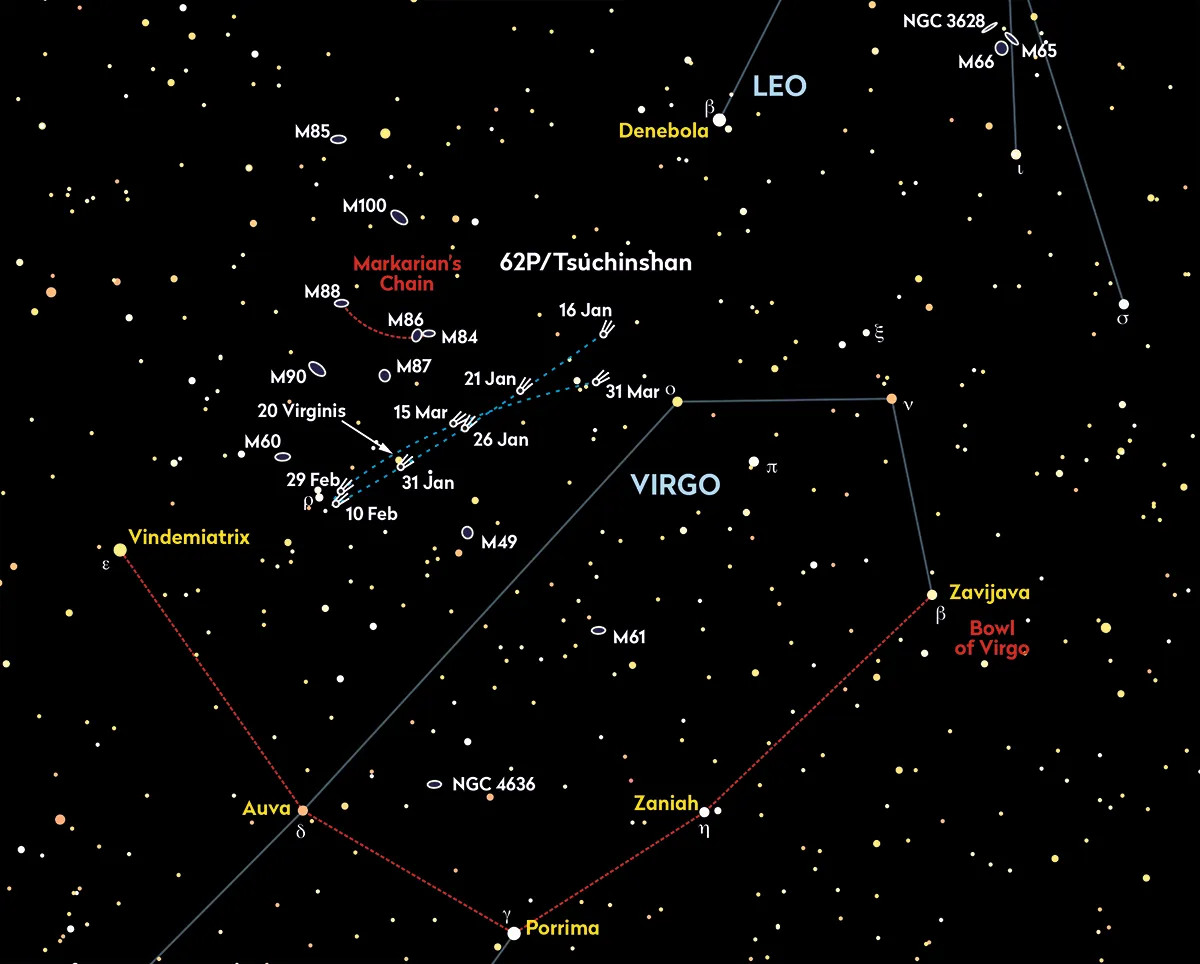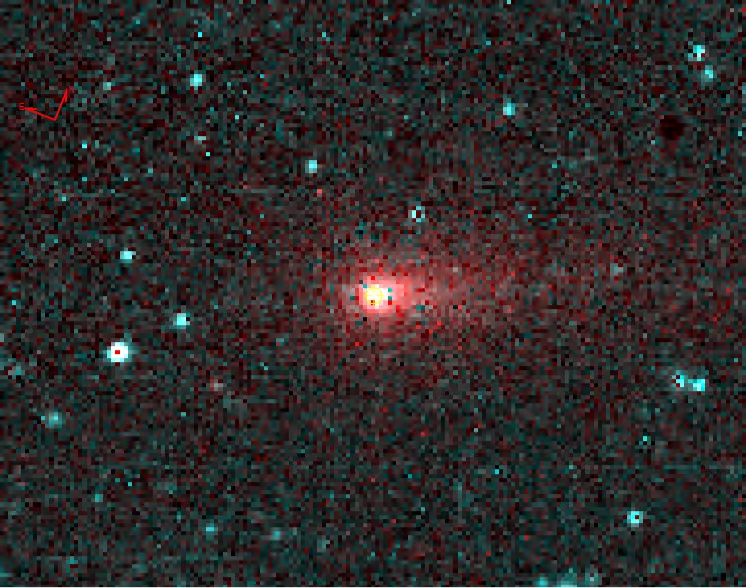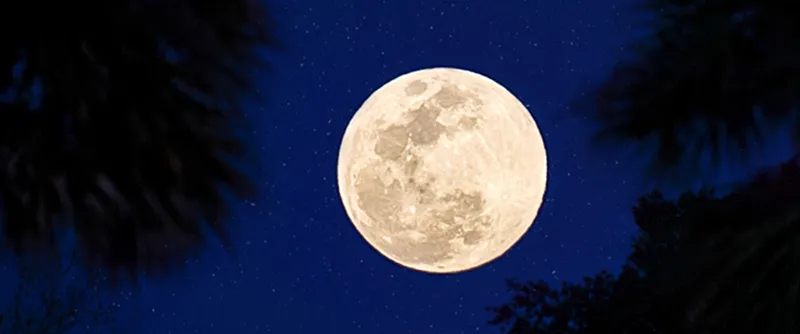The best time to see Comet 62P/Tsuchinshan will be 1–17 February, near or after midnight. The comet is located in the northern portion of the Bowl of Virgo.
Predicted to shine with an integrated magnitude of +7.8 at the start of February, 62P/Tsuchinshan is expected to fade throughout the month to mag. +9.3.
Consequently, like 144P/Kushida, it’s also perfectly positioned in terms of brightness for small telescope observation.
At the start of the month, binoculars should also pick it up fairly easily.
Comet 62P/Tsuchinshan is one of 5 bright comets to look out for in 2024. Find out what comets and asteroids are in the sky tonight.

Photographing Comet 62P/Tsuchinshan
62P/Tsuchinshan is good news if you like to photograph comets, because it doesn’t move much throughout the month.
It starts its monthly track near mag. +6.3 20 Virginis, heading east to almost reach mag. +4.9 Rho (ρ) Virginis, before turning back to head towards 20 Virginis once again.
When you consider that the separation between 20 and Rho Virginis is only 2°, it’s obvious that the daily movement of the comet is fairly slow.

As a result, you should be able to get away with a tracked image lasting several minutes without any motion blurring.
This is also galaxy territory and there are a number of galaxies near the comet’s track.
Of particular interest is the barred lenticular galaxy NGC 4596 that shines with an integrated magnitude of +12.4. The comet appears to cross this galaxy on the morning of 20 February.
Find out more in our guide on how to photograph a comet.

Comet 62P/Tsuchinshan and the Moon
What of the Moon, a comet’s natural enemy?
Well, on the night of 1/2 February the Moon rises around 00:40 UT, leaving time to catch sight of the comet before this happens.
After this date, things improve further, the comet being best seen through to 17 February.
After that, the Moon will begin to have an impact.
Although visible on 20 February, the 83%-lit waxing gibbous Moon starts to get low as the comet crosses NGC 4596.
Have you managed to spot or even photograph Comet 62P/Tsuchinshan? Let us know by emailing contactus@skyatnightmagazine.com
This article appeared in the February 2024 issue of BBC Sky at Night Magazine.

